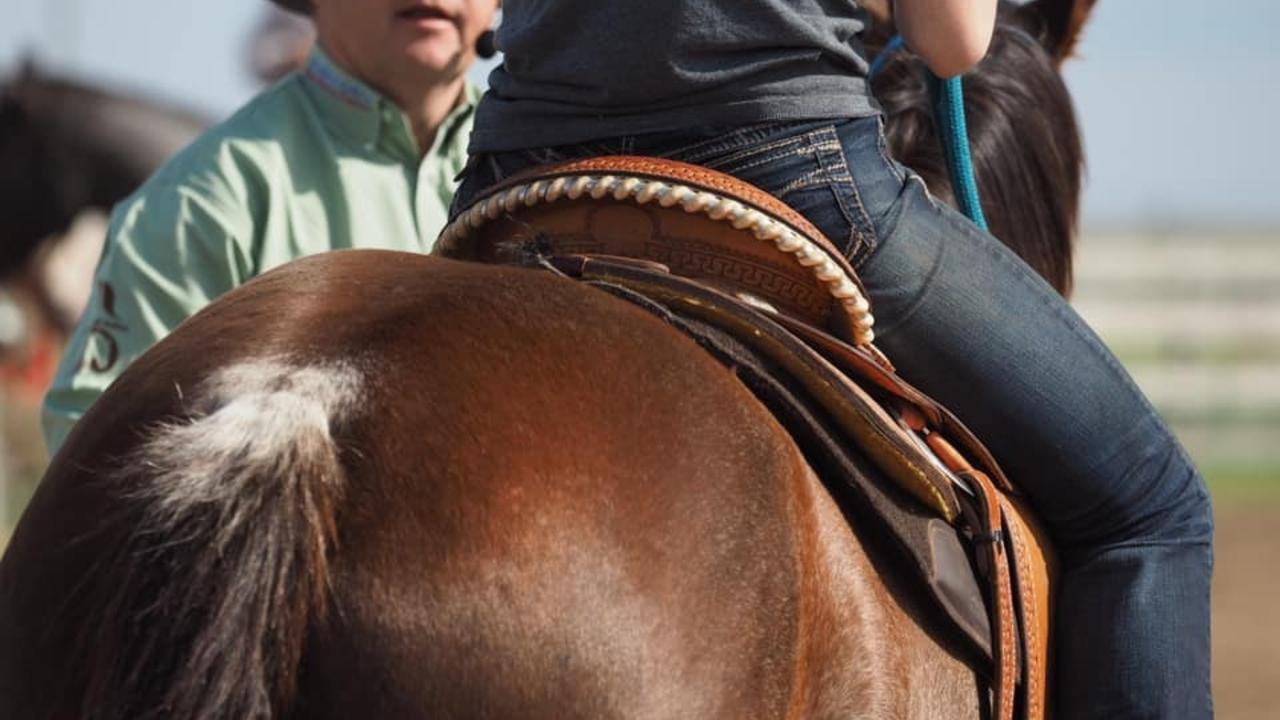Halter Training Vs. Ground Driving a Horse

Horse Trainer’s Challenge winner shares some of his championship training tips on halter training and ground driving a horse.
When we are starting colts, we are always looking for that safe and effective way to gain control of our horses from the ground. My goal is to have enough control before I mount so, if they spook or buck, we can shut them down and talk them through it.
Ground driving has been around for years and for good reason. I myself have always had trouble creating a soft face while ground driving.
The Training Thru Trust program designed by my dad Doug Mills has proved to be not only helpful to me but easy to follow and teach. With it I have been able to help students from the apprentice trainers to the first time horse owner.
Click here to apply for our Training Thru Trust Program.
Halter Work Program
The halter work program has the same goals as the ground driving. The goal is to prepare our horse for riding to ensure our safety and give our horse the best chance for success by simulating on the ground what we hope to accomplish on their back. In the beginning, the horse’s first introduction to people is with the halter. This is why I believe riding them in the halter is the easiest way to make the transition from ground work to work in the saddle.
We must first establish a line of communication so I start with simple pressure and release. With slow soft pressure, I start to pull down on the halter, and when the head follows the feel and comes down, I release. What makes this a great place to start is that we don’t have to ask them to move their feet and we can be very precise about following the feel with their face. As we start movement, it ups the energy in us both and makes precise timing difficult to achieve.
Pressure Is Key
One thing believed by all trainers is that horses learn from the release so I am always practicing my timing to keep my communication very clear. When I look at the best riders in the world, one thing I notice that is consistent is great timing in both hand and leg.
Once I feel the horse understands pressure and release, I can start to ask for some movement from my horse. The way I start is to add pressure with my taps on a scale of one to 10. One starts at lifting my halter rope, and the release comes from as soon
as they move. This is how I show them we will always ask slow, and give them a chance to move from low pressure. This will also promote an attentive and willing attitude.
This approach and pressure scale will stay consistent through anything I ask him to do with halter or rein.


